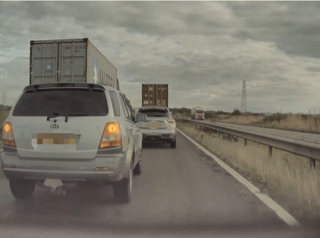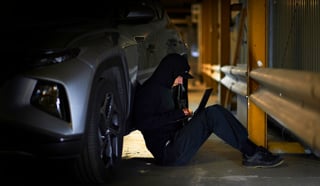Road Safety Analysis, specialists in examining road casualty trends, has revealed how risk levels for young drivers vary according to where they live.
The key finding of the report shows that rural young drivers are 37% more likely to be involved in an collision than their urban counterparts. A table comparing risk of collision involvement each year by local authority area also shows the risk rate for young drivers living in each area.
Young drivers throughout the country are already more likely to be involved in a crash with 30% of all motor vehicle drivers involved in collisions aged between 16 and 29 years old, yet this age group only made up 18% of the population.
This report calculates that young rural drivers are two-thirds more likely to be involved in an injury collision than their older neighbours.
One of the biggest factors in the elevated risk profile is the much higher average annual mileages driven by rural drivers with 31% more miles driver per person than their urban counterparts.
This increased exposure combined with their relative inexperience compared to older drivers is a signal to rural local authorities and police forces that special attention needs paying to this subject.
The report also considers the level of deprivation and whether this is a factor in young driver crashes. This was not found to be the case in Rural areas, although it is something seen in large towns and cities. Other analysis within the report compares vehicle types involved in crashes, road type, and speed limits.
One further piece of analysis carried out was to rank young driver risk bases on residency in each of the 379 local authority areas in Great Britain. This was then used to create a map showing regional hotspots and is included at the end of this release along with the best and worst performing areas.
Dan Campsall, director of Road Safety Analysis, said: “This is the first time that we have had a thorough examination of the risks to young drivers based on where they live; and the results are stark.
“Younger drivers from rural areas are much more likely to be involved in a crash where someone is injured, and we need to see a package of measures developed that can bring about a change. This may require investment in transport infrastructure, community bus schemes and further driver training to affect the inequality that these drivers are experiencing.
“With the help of this sort of information, Local Authorities can develop a much better understanding of the risks experienced by their residents and road users, helping them to address the inequalities that many people are experiencing.”





















Login to comment
Comments
No comments have been made yet.